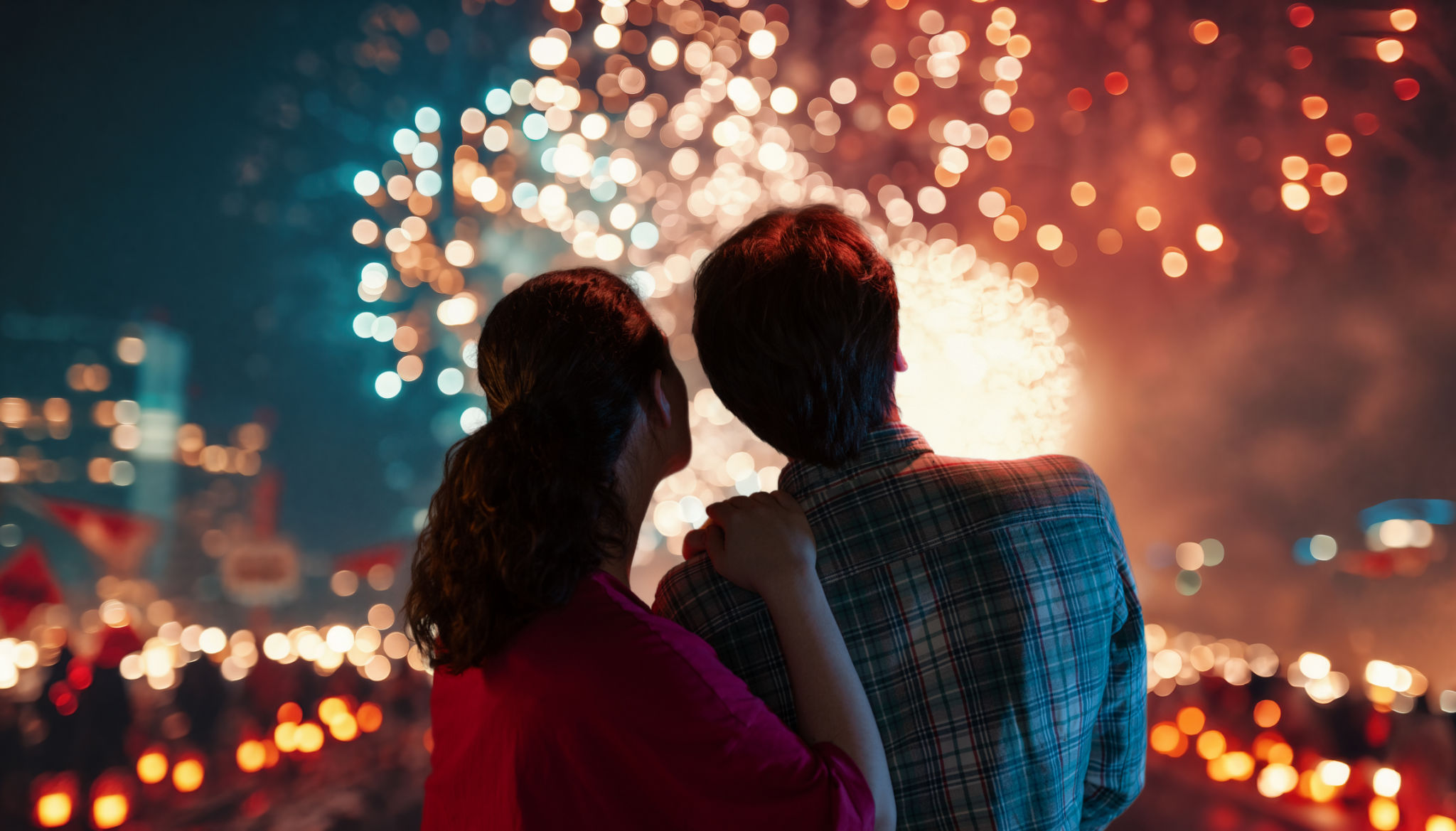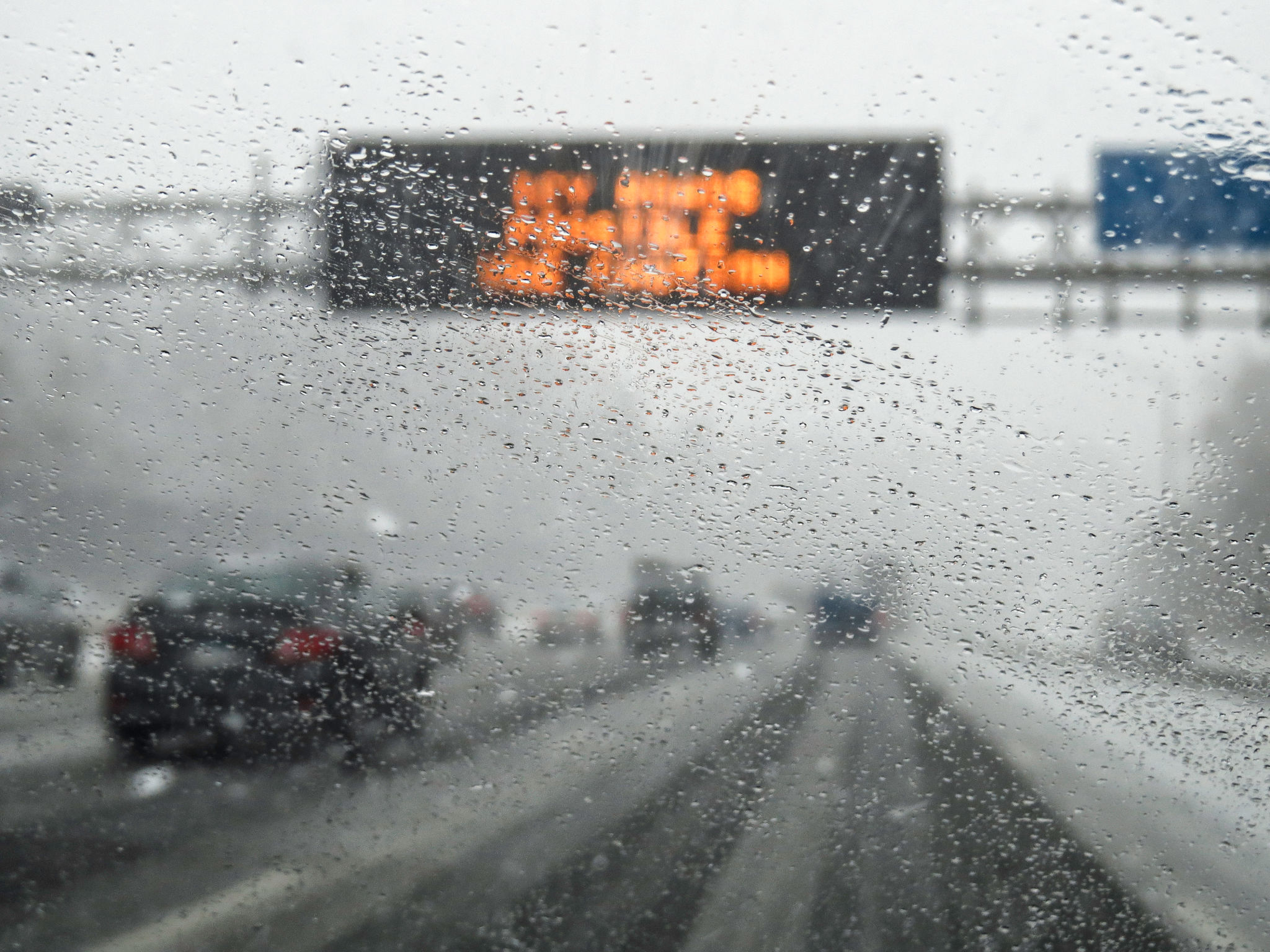Seasonal Pyrotechnics: How Weather Impacts Your Event's Fireworks
Understanding Weather's Role in Fireworks Display
Fireworks have become an integral part of celebrations worldwide, from national holidays to private events. However, the success of a fireworks display can heavily depend on the weather. Understanding how weather impacts pyrotechnics is crucial for ensuring a safe and spectacular show.

Wind: The Unseen Director
Wind is one of the most significant weather elements affecting fireworks. A gentle breeze can enhance the spread of colors across the sky, while strong winds can pose safety hazards. High winds may cause fireworks to drift off target, potentially endangering spectators and property. Therefore, monitoring wind speeds is essential when planning an event.
Event planners often consider wind direction as well. Ideally, fireworks should be launched with the wind blowing away from the audience. This precaution reduces the risk of debris and smoke affecting viewers.
Rain: A Dampening Effect
Rainfall is another factor that can impact fireworks displays. Light showers might not significantly interfere, but heavy rain can dampen the gunpowder in fireworks, making them difficult to ignite. Additionally, wet conditions can create muddy grounds, complicating setup and increasing the risk of accidents.

Event organizers should have contingency plans in place, such as waterproof coverings or alternate dates, to mitigate the effects of rain.
Temperature and Humidity: Subtle Influencers
Though less obvious than wind or rain, temperature and humidity can also affect pyrotechnics. Cold temperatures may slow down combustion rates, causing fireworks to underperform. Conversely, extremely hot conditions might increase pressure in launch tubes, leading to premature explosions.
Humidity plays a role in smoke dispersion. High humidity levels can trap smoke closer to the ground, reducing visibility and impacting the audience's experience. Monitoring these factors ensures optimal conditions for a display.

Planning for Success
Successful fireworks events require meticulous planning and consideration of weather conditions. Here are some steps to ensure your event goes off without a hitch:
- Check Weather Forecasts: Regularly monitor local weather forecasts in the lead-up to your event.
- Have a Backup Plan: Be prepared to reschedule or relocate if adverse weather conditions are predicted.
- Communicate with Attendees: Keep your audience informed about any potential changes due to weather.
The Role of Technology in Weather Prediction
Advancements in technology have made it easier than ever to predict weather conditions accurately. Event organizers can utilize apps and software to receive real-time updates and alerts about weather changes. This technology helps ensure that decisions are made based on the most current information available.
By leveraging technology, event planners can minimize risks and ensure that their fireworks displays are both safe and spectacular.
Conclusion
Weather plays a crucial role in the success of any fireworks event. By understanding and preparing for the impacts of wind, rain, temperature, and humidity, organizers can create memorable experiences for their audiences. With careful planning and the aid of technology, it's possible to overcome these challenges and deliver a breathtaking pyrotechnic display.
